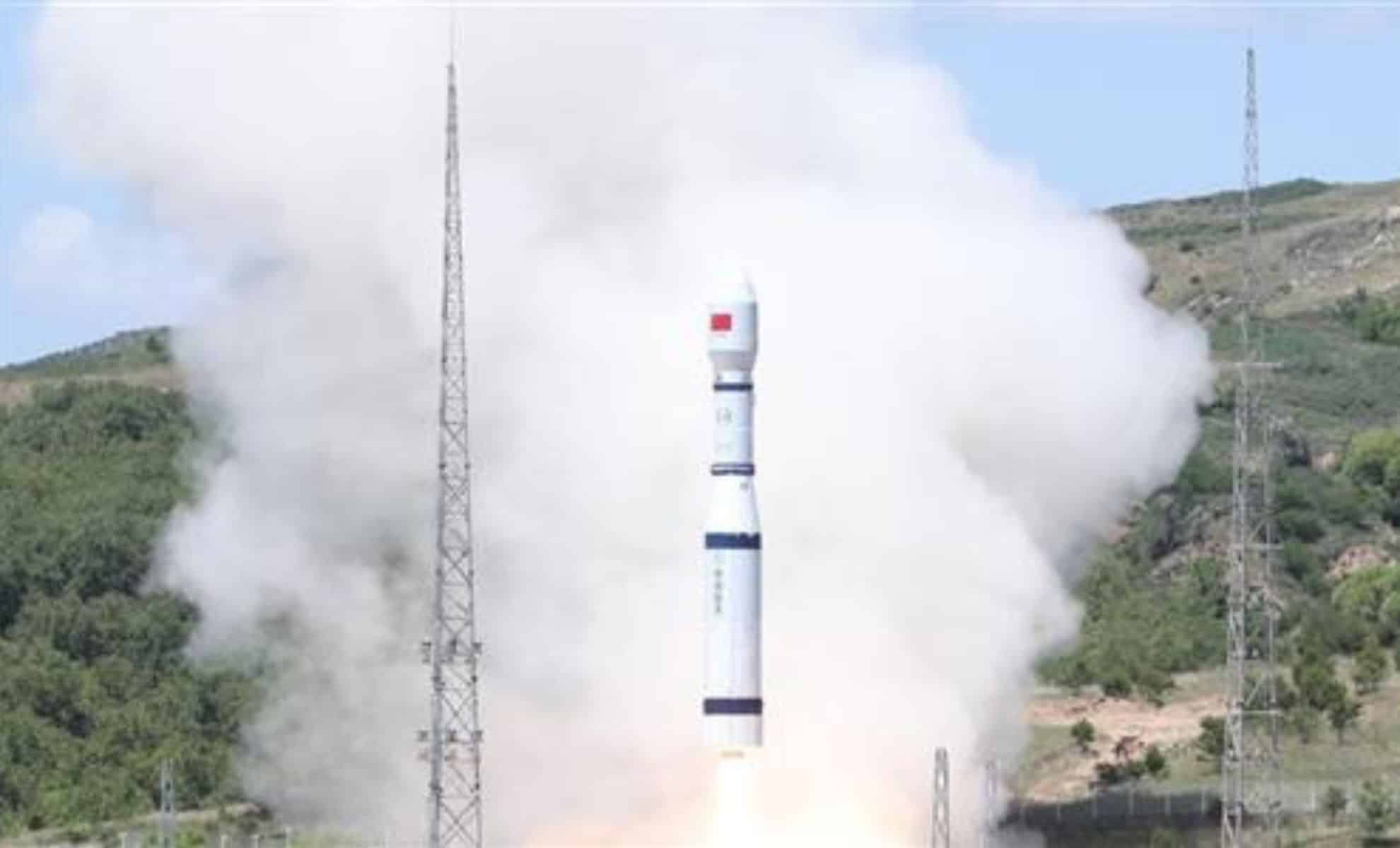China has successfully tested a new engine system designed for its future moon missions, marking a major milestone in its ambitious space program.
This ground test, conducted on June 14, 2024, is a crucial step toward the country’s goal of establishing a research base on the moon by 2030.
The new engine system, consisting of three YF-100K engines, is scheduled for installation in the first phase of the Long March-10 rocket, which is expected to deliver more than 27 tons of payload to Earth-to-Moon orbit.
Groundbreaking test for the Long March-10 Rocket
The test was the largest engine test ever conducted for a Chinese missile under development. During the test, the engines generated a ground force of 382 tons, significantly higher than previous tests and approximately 1.6 times greater than the largest tests previously conducted.
The Long March-10 The rocket, designed to be 92.5 meters high and weigh approximately 2,189 tonnes at liftoff, has a powerful thrust of 2,678 tonnes. This remarkable thrust capability allows the craft to carry heavier payloads to the moon than its predecessor, the Long March-5, which was able to carry more than 8 tons of payload during the ongoing Chang’e-6 mission. The design of the Long March-10 reflects China’s commitment to improving its launch capabilities for more ambitious space missions.
According to the China Aerospace Science and Technology Corporation (CASC)the propulsion system test verified the compatibility between the sub-level boost delivery system and the engine, the propellant refueling process, the multi-engine parallel power transmission and the environmental characteristics.
“This test means that the Long March 10 series launch vehicle enters the fastest path for large-scale ground test development,” said a CASC representative. The successful test of the YF-100K engines, which are critical to the first phase of the Long March-10, represents a significant technical achievement and sets the stage for more complex testing and eventual mission readiness.
Strategic importance and future testing
The Long March-10 rocket is a crucial part of China’s manned lunar landing mission, designed to send both spacecraft and lunar landers. Impressive specifications include an overall length of 92.5 meters, a take-off weight of 2,189 tons and a payload capacity of no less than 27 tons to the Earth-moon orbit.
These capabilities mark a significant upgrade over the previous one Chinese missilesallowing larger payloads to be transported to the moon, which is essential for establishing a sustainable lunar presence.
The rocket’s powerful first stage, powered by three YF-100K enginesis specially designed to handle the immense stresses of launch and to provide the necessary thrust to break away from Earth’s gravity. The YF-100K enginesknown for their high performance and reliability, are a key element in achieving the Long March-10’s ambitious payload.
The next step in the development of the Long March-10 includes a second ground test of the first stage propulsion system, which will take place shortly. This test will further verify other operational conditions, ensuring the robustness and reliability of the system under different scenarios. The successful completion of these tests is crucial to laying a solid foundation for the manned lunar landing project, with preparations for the first flight expected to begin in 2027.
Broader implications for China’s space program
This successful test is not only a technological triumph, but also a strategic advancement for China’s space ambitions. The new powerful engine and the Long March-10 launch vehicle are part of a broader effort to establish a sustainable human presence on the moon. This development is in line with China’s plans to enhance its capabilities in space exploration and its strategic objectives for lunar exploration and resource utilization.
Apart from the Long March-10China is also actively developing other spacecraft and lunar landers to support its manned lunar landing mission. The progress with the powerful engine is a testament to China’s growing expertise and commitment to leading the field in space exploration. These advances not only strengthen China’s position in the international space community, but also contribute to the global knowledge base and technological advancements in space exploration.
The Long March-10 The rocket, with its enhanced capabilities, is poised to play a crucial role in a variety of missions, including transporting taikonauts and cargo to the space station. The rocket’s non-booster configuration can handle missions to low Earth orbit, with a payload of no less than 14 tons, demonstrating its versatility and strategic importance in China’s broader space ambitions.
